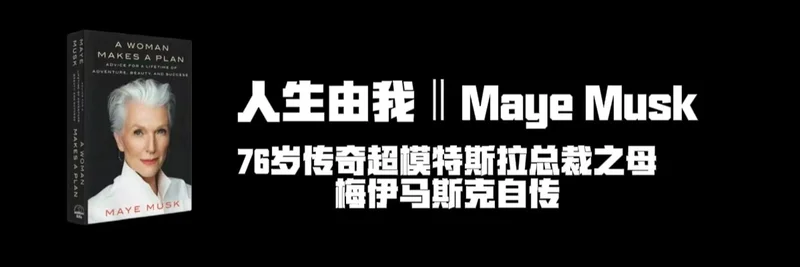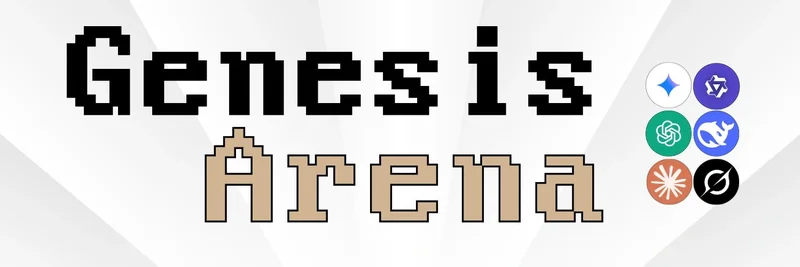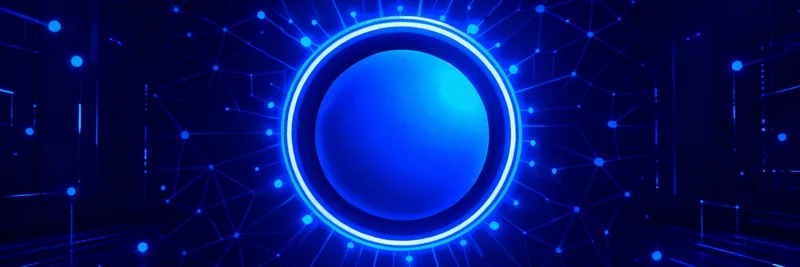Trent.sol, the chief curmudgeon at Anza XYZ and former head of curmudgeon ops at Solana Labs, recently dropped a rhetorical bombshell on X that has the Solana community buzzing. In his tweet, he questions the foundational issues in Solana's interface design: "if the interface is a mess, how can access patterns be understood? with understanding of access patterns, how can workload be understood? how can any reactive treatment be reasoned about? is productive, proactive treatment even possible?" This isn't just abstract philosophizing—it's a pointed critique of how Solana handles state and runtime interactions, which directly ties into the wild world of meme tokens thriving on the network.
For those new to the jargon, let's break it down simply. In blockchain terms, an "interface" here refers to the way Solana's runtime (the engine executing smart contracts) interacts with its state storage (where all account data lives). Access patterns are the ways programs read and write data, while workload understanding means grasping how these operations load the network. Reactive treatments are fixes applied after problems arise, like congestion, and proactive ones aim to prevent issues before they hit.
Trent's tweet builds on ongoing discussions in the Solana dev community. Just earlier, he lamented developers wanting to "scorched earth the protocol before replacing accountsdb or creating a sane interface between runtime and state." AccountsDB is Solana's database for storing account states, and replacing it could revolutionize how data is managed. This comes amid debates on rent fees—the ongoing cost for keeping accounts alive on-chain. Low rent has fueled Solana's meme token explosion, allowing cheap launches and trades, but it also leads to state bloat, where unused or spammy accounts clog the system.
Why does this matter for meme tokens? Solana's speed and low costs have made it the go-to chain for viral memecoins like Dogwifhat or Bonk. But as transaction volumes spike during hype cycles, network congestion can occur, jacking up fees and slowing things down. A messy interface makes it harder to predict and optimize these workloads. If access patterns aren't clear, developers can't fine-tune for high-throughput scenarios common in meme trading, where bots and retail users flood the chain with swaps and mints.
Looking at the broader conversation, Solana co-founder Anatoly Yakovenko (toly) chimed in on related threads, pushing for ideas like mmap (memory mapping for faster data access) and even joking about tiered security in blockchain social layers. Other voices, like Dean Little, highlighted successful SIMD proposals (Solana Improvement Documents) getting merged quickly, signaling a maturing ecosystem. Yet Trent's skepticism underscores a need for foundational fixes before layering on more features.
For meme token creators and traders, this signals potential upgrades on the horizon. Better interface design could mean more efficient state management, reducing the impact of state bloat from abandoned meme projects. Imagine proactive optimizations that keep Solana humming during the next bull run, making it even more attractive for launching the next big cat or dog token.
If you're building on Solana, keep an eye on GitHub discussions around AccountsDB and runtime interfaces—links like the Solana contributing guide offer a starting point. Trent's curmudgeonly wisdom reminds us: in blockchain, understanding the basics is key to scaling the fun.
Key Takeaways for Meme Token Devs
- Monitor State Costs: With debates on rent and storage, factor in potential changes to keep your token launches economical.
- Optimize Access Patterns: Design programs with clear data reads/writes to align with future network improvements.
- Stay Proactive: Engage in community SIMDs to influence upgrades that benefit high-volume meme ecosystems.
As Solana evolves, these technical deep dives could unlock even greater potential for meme tokens, blending humor with hardcore engineering. What's your take on Trent's tweet? Drop a comment or join the discussion on X.




